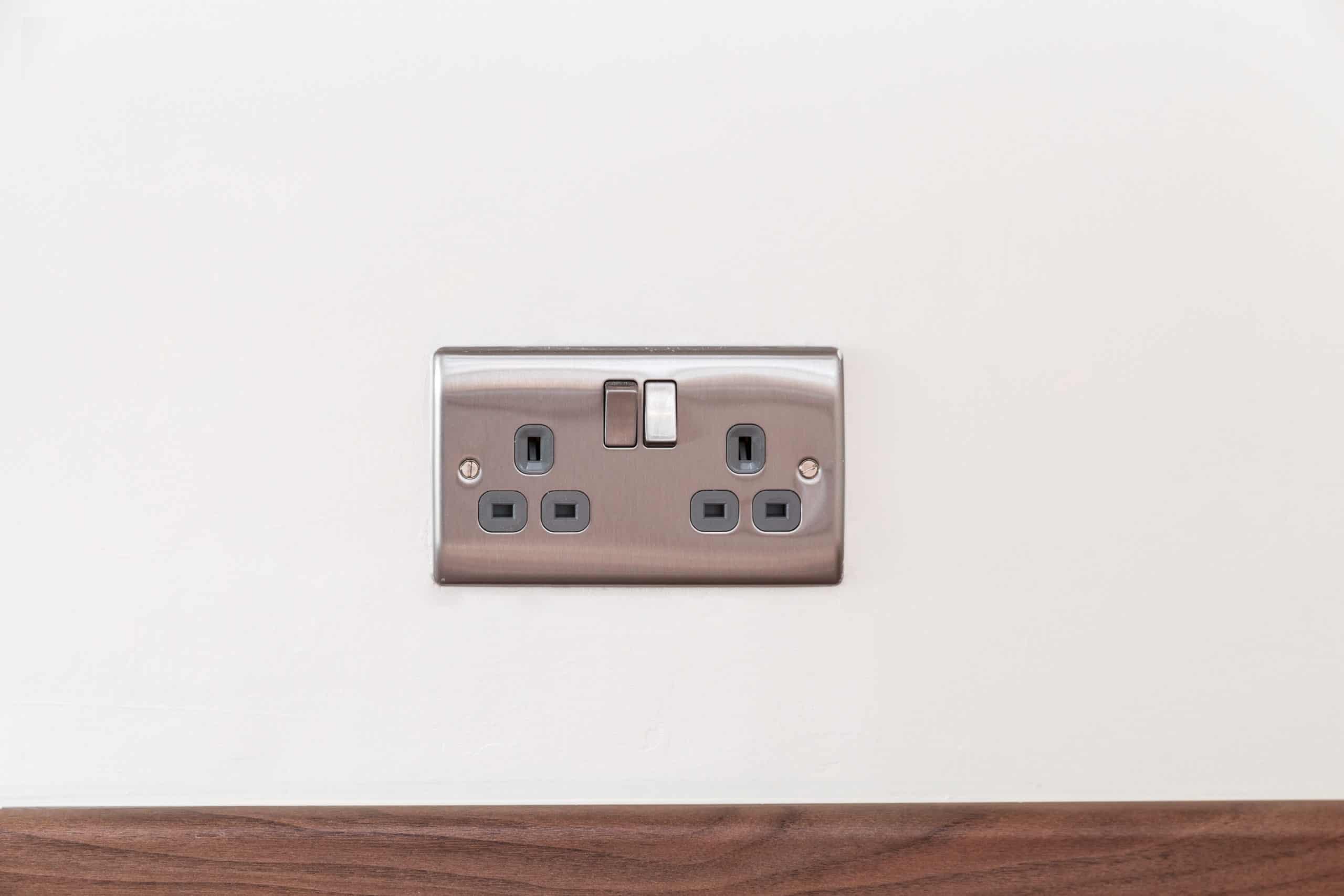Are you planning a leisure or business trip to the U.A.E and happen to be wondering, “What travel adapter do I need for Dubai?” Well, you are not alone. There are over a dozen types of wall outlets used globally, which can be confusing to a lot of people.
In Dubai, compatible travel plugs will connect to a type-C, D, or G outlet. What’s more, all places throughout the United Arab Emirates operate on a 220V power supply with a frequency of 50Hz.
Keep in mind, though, that there is a lot more to choosing the right Dubai travel plug. Factors like where you are traveling from, the voltage for appliances you want to bring along, and what plugs they use will determine the right type of adapter for you. Read on to learn more.
Types of Travel Plugs Used in Dubai
Now that you know the wall sockets used in Dubai, the next step is learning how to identify compatible travel adapters. Ideally, the right plug should fit the corresponding outlet. You can tell whether a travel adapter will fit a wall socket by just looking at the number and arrangement of pins it has. Below are some of the options that you may come across.
- Travel Plug for Type-G Outlet: Originating from Britain, this type of travel plug features three rectangular pins in a triangular pattern.
- Travel Plug for Type-C Outlet: Designed for a type C outlet, this kind of travel plug will feature two round pins arranged horizontally. It is the standard European plug, but also common in quite a few other countries around the world.
- Travel Plug for Type-D Outlet: For type-D outlets, you will need a travel adapter with three round pins that form a triangular configuration.
How Many Travel Adapters Should I Bring?
Although there are three different types of wall sockets used in the U.A.E, that doesn’t mean you need to carry multiple travel adapters when visiting Dubai. The smart thing to do is contact the hotel where you will be staying or whatever establishment you will be using for business meetings. Find out which type of electrical outlet they have and shop for a corresponding travel plug.
If you are traveling with loved ones or want to pack a bunch of gadgets, consider getting a travel power strip instead. It will be a much cheaper option than buying multiple adapters for the whole family or all your devices. You will also not have to worry about not having enough wall outlets in your hotel room.
For travelers who use multiple devices, power strips can be a lifesaver. These units can have anywhere between 4 to 12 outlets. Therefore, you don’t have to heap multiple plugs on one universal travel plug, which will end up falling out of the wall outlet.
Do I Need a Voltage Converter or Transformer in Dubai?
Whether or not you need a converter/transformer to use your travel gadgets in Dubai comes down to the voltage that your appliances require.
If the electrical devices you will be traveling with operate on 220 volts just like in Dubai, then all you need is a travel adapter. Just make sure what you choose corresponds to the wall outlets you will be using in the places you visit.
While much of the world uses a power supply that ranges between 220-240V, this is not always the case. In Japan, for instance, as well as many countries in North & South America, wall outlets supply 100-127 volts. In this case, you may need a step-up transformer or converter so that your low voltage appliances can work in Dubai without burning.
The good news, though, is that most modern appliances used in international travel operate on a dual-voltage mode. What this means is that your phone, laptop, or any other device you want to bring along might be able to work regardless of the volts supplied by a foreign outlet.
To find out if you have a dual-voltage appliance, check the power rating specified on your device, product manual or manufacturer’s website. If the INPUT states ‘100-240V, 50/60Hz’, then you can use the gadget in any country without a converter. All you will need to pack is a travel adapter.
Some dual-voltage appliances will require you to flick a switch while others convert the power supply automatically. So, make sure to read the product manual before plugging in your device overseas.
For single-voltage appliances that run on 100-127V, you will need a converter or transformer.
Converters and transformers perform the same roles. That said, what you should use will depend on the type of devices you want to power up using the right voltage.
Converters are appropriate for electric gadgets that operate for a short duration (1 to 2 hours). These include small heating appliances or anything that uses a motor such as portable steam irons, hairdryers, and shavers.
In contrast, transformer plugs can operate on continuous duty. That means you can use them with electronic devices that run for a long time. Electronic products, in this case, feature chips or circuits.
If you must use a converter or transformer, make sure that its maximum power rating can supply the amount of Watts your appliances need to run. As a general rule of thumb, pick something that supplies Watts that are two-three times what your devices need.
Most appliances indicate the power rating in Watts, but some labels may provide information about ‘amps’ instead (expressed as A). In the latter case, multiplying the specified number of amps by the voltage will determine the wattage.
Consider the Plug Type on Your Appliance
Electrical appliances tend to have different types of connectors. Therefore, the travel adapter you pick should fit the plug on devices you want to bring on your trip.
Grounded appliances usually have a three-pronged plug. That means you will need a travel adapter with a G-type socket for such devices.
On the other hand, ungrounded electronics typically come with a two-pin plug and will fit into the C-type socket. In most cases, travel adapters can have multiple outlets to fit both two and three-pronged electrical plugs.
For devices like compact cameras, power banks, smartphones, and tablets, you will need a USB travel adapter. Some models may have more than one port, allowing you to charge multiple devices at the same time. However, high-powered USB devices may require 2.4amps or more, so make sure to check whether the travel adapter you choose offers enough juice for your appliances.
Final Word
So, that sums up everything you need to know about the type of Dubai travel plug to carry on your trip abroad. Before choosing one, factor in the required voltage for devices you will be bringing, how many you will need to plug-in at one time, and which plugs they use.
There are lots of adapters on the market in all shapes and designs. Some feature retracting pins that don’t get entangled with other items in your luggage while others offer multiple connection sockets. You may also find options that come in a kit containing several travel adapters alongside a converter or transformer. To make an informed buying decision, do some comparative shopping. Finally, read customer reviews or check online forums to help you select a travel plug that fits your needs.




